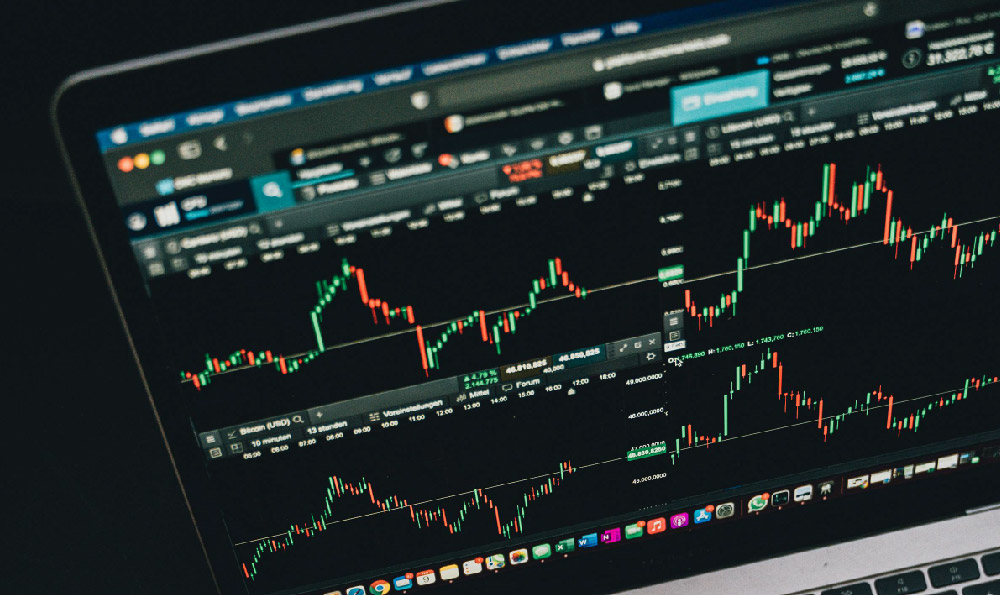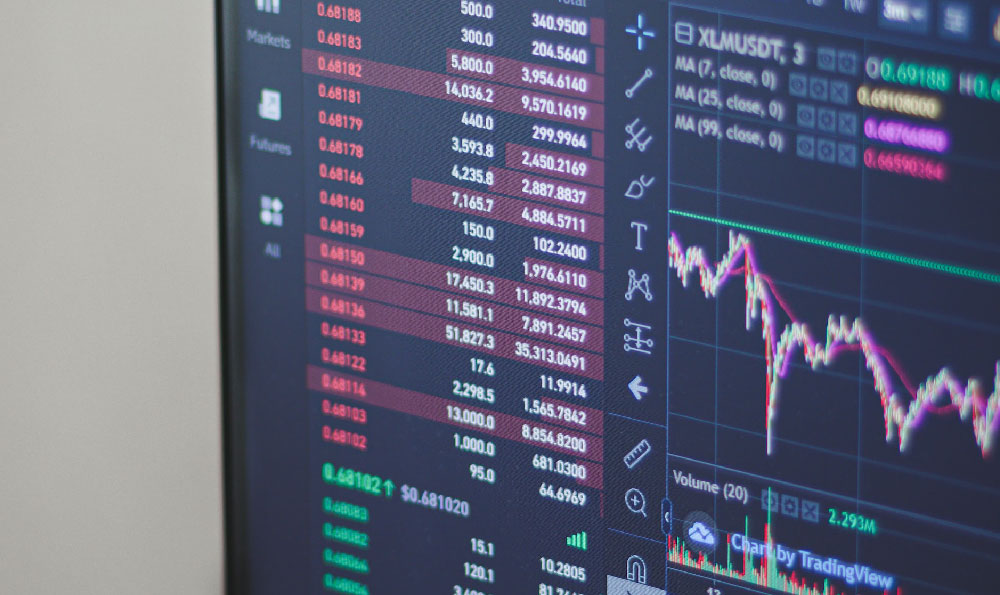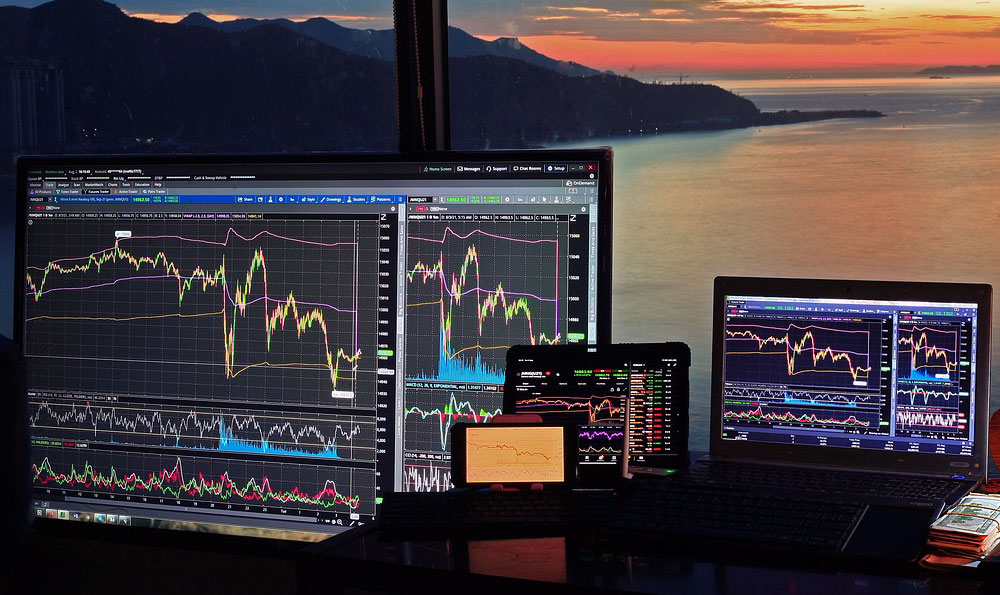GameFi Investments: Where to Start and Is It Worth It?
GameFi, the intersection of gaming and decentralized finance (DeFi), has emerged as a captivating frontier in the investment landscape. The promise of earning cryptocurrency and Non-Fungible Tokens (NFTs) while playing engaging games has lured countless investors. However, like any nascent market, GameFi presents both exciting opportunities and considerable risks. A cautious and informed approach is crucial before diving in.
Before even considering specific projects, you need a fundamental understanding of blockchain technology, cryptocurrencies, and NFTs. Blockchain is the underlying technology that powers cryptocurrencies and ensures the security and transparency of transactions. Cryptocurrencies are digital currencies that can be used to purchase in-game assets or traded on exchanges. NFTs are unique digital assets that represent ownership of in-game items, characters, or virtual land. Grasping these core concepts is essential for navigating the complexities of the GameFi ecosystem.
The next step involves researching the various GameFi projects available. This requires a deep dive beyond superficial marketing materials. Evaluate the game's mechanics, playability, and overall appeal. A game that is genuinely fun and engaging is more likely to attract and retain players, thereby increasing the demand and value of its in-game assets. Examine the project's whitepaper, which outlines its goals, roadmap, and tokenomics (the economics of the in-game currency). Pay close attention to the team behind the project. Are they experienced game developers and blockchain experts? A strong and reputable team increases the likelihood of the project's success. Furthermore, assess the project's community. A vibrant and active community indicates strong player engagement and potential for long-term growth. Use platforms like Discord, Telegram, and Twitter to gauge community sentiment and understand the challenges and opportunities the project faces.

After identifying a potentially promising project, the next critical step is analyzing its tokenomics. This involves understanding how the in-game currency is distributed, how it is used within the game, and how it can be earned and spent. Look for projects with a sustainable token economy that incentivizes both players and investors. Avoid projects that rely solely on new players to sustain the value of their tokens, as this can lead to a Ponzi-like scheme. A well-designed token economy should reward active players, provide utility for the token within the game, and encourage long-term holding. Consider the inflation rate of the token. A high inflation rate can devalue your holdings over time, while a deflationary mechanism can potentially increase their value.
Evaluating the risks is paramount. GameFi investments are inherently risky due to the volatility of the cryptocurrency market, the nascent nature of the technology, and the potential for scams. One significant risk is rug pulls, where developers abandon a project and abscond with investors' funds. To mitigate this risk, research the team's reputation, look for audits of the smart contracts, and invest only in projects with transparent and verifiable development processes. Another risk is the decline in popularity of a game. Games are inherently subject to trends and changing player preferences. A game that is popular today may become obsolete tomorrow. To mitigate this risk, diversify your GameFi investments across multiple projects.
Consider the barriers to entry and the cost of playing the game. Some GameFi projects require significant upfront investment to purchase in-game assets or characters. These high barriers to entry can limit the game's accessibility and potentially hinder its growth. Look for projects with lower barriers to entry or alternative ways to participate without significant upfront investment. Free-to-play models, where players can earn rewards without investing any money, are becoming increasingly popular.
Diversification is a cornerstone of sound investment strategy. Don't put all your eggs in one basket. Spread your investments across multiple GameFi projects and other asset classes, such as traditional stocks and bonds. This will help to mitigate the risk of losing your entire investment if one particular project fails. Furthermore, only invest what you can afford to lose. GameFi investments are highly speculative, and there is a significant risk of losing your entire investment.
The potential for high returns is one of the primary attractions of GameFi investments. Some early investors have seen substantial gains from the appreciation of in-game assets and tokens. However, it's important to remember that past performance is not indicative of future results. The market is still evolving, and there is no guarantee that any GameFi project will be successful. The "play-to-earn" model can provide a source of income for players, particularly in developing countries. However, the earnings potential varies greatly from project to project and is subject to market fluctuations.
Finally, stay informed about the latest developments in the GameFi space. This is a rapidly evolving market, and new projects and technologies are constantly emerging. Follow industry news, attend conferences, and engage with the GameFi community to stay ahead of the curve. Be prepared to adapt your investment strategy as the market evolves. The key to successful GameFi investing is to be patient, diligent, and informed. It's not a get-rich-quick scheme, but rather a long-term investment opportunity that requires careful research and risk management. Treat it like any other serious investment, with the due diligence and planning that requires.















